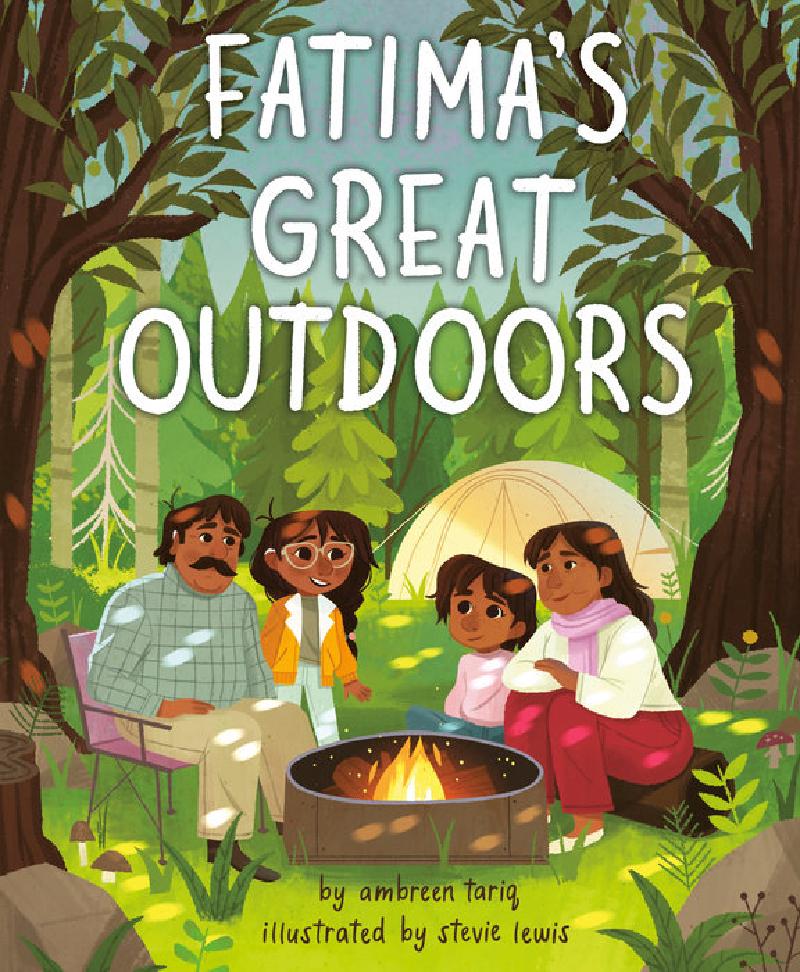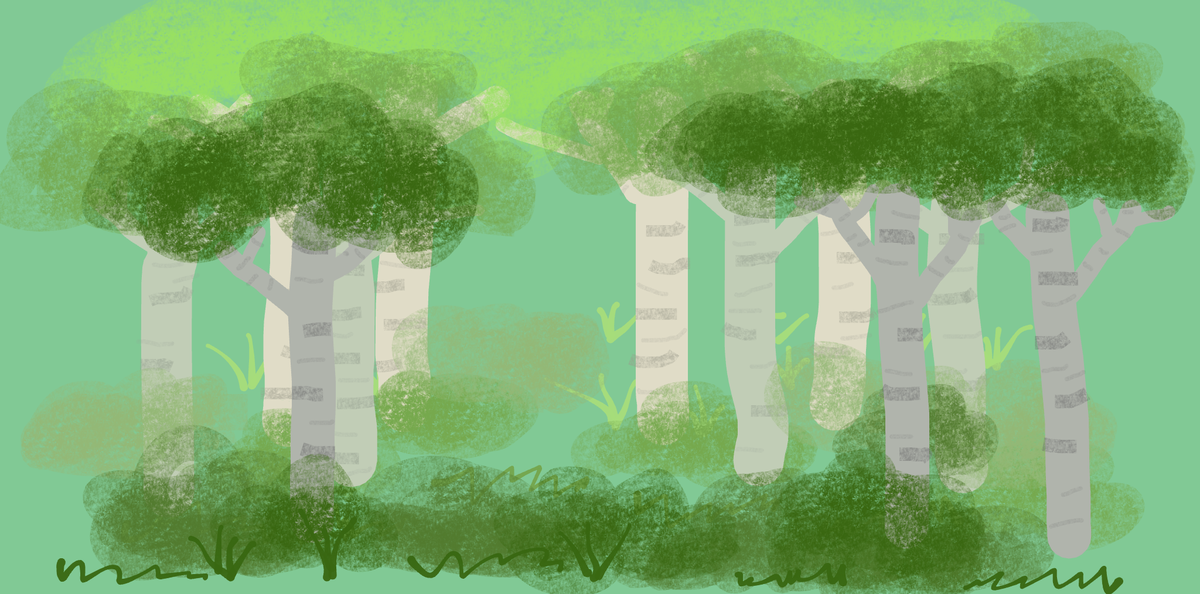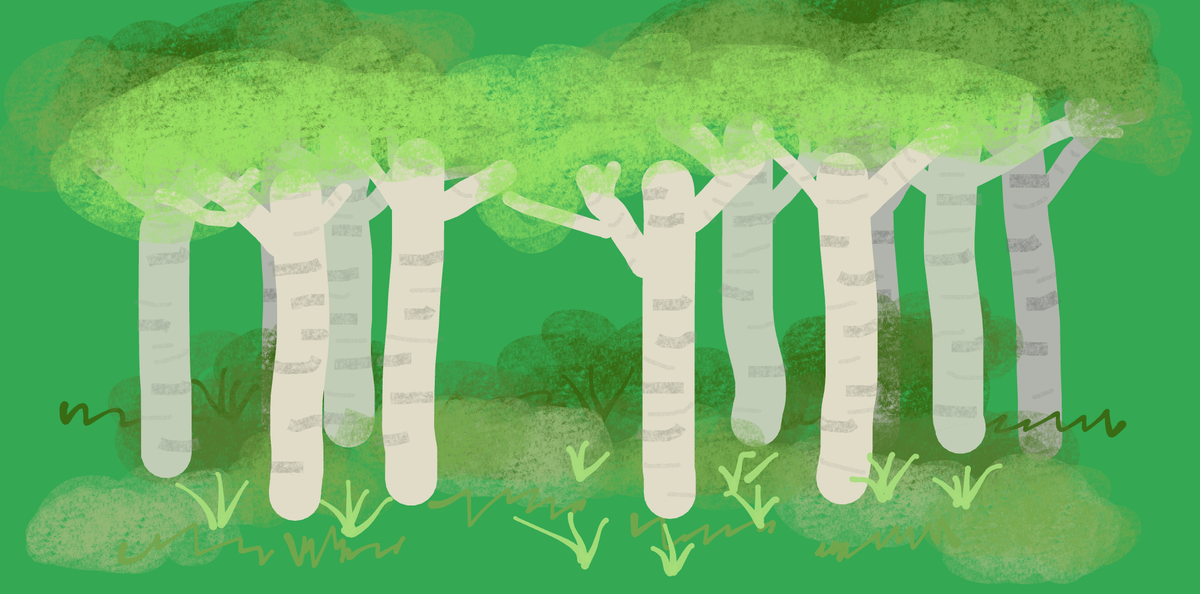Publisher’s summary
An immigrant family embarks on their first camping trip in the Midwest in this lively picture book by Ambreen Tariq, outdoors activist and founder of @BrownPeopleCamping
Fatima Khazi is excited for the weekend. Her family is headed to a local state park for their first camping trip! The school week might not have gone as planned, but outdoors, Fatima can achieve anything. She sets up a tent with her father, builds a fire with her mother, and survives an eight-legged mutant spider (a daddy longlegs with an impressive shadow) with her sister. At the end of an adventurous day, the family snuggles inside one big tent, serenaded by the sounds of the forest. The thought of leaving the magic of the outdoors tugs at Fatima’s heart, but her sister reminds her that they can keep the memory alive through stories–and they can always daydream about what their next camping trip will look like.
Ambreen Tariq’s picture book debut, with cheerful illustrations by Stevie Lewis, is a rollicking family adventure, a love letter to the outdoors, and a reminder that public land belongs to all of us.
In Environmental Education
Surveys and visitor data from outdoor places like national parks and nature- based visitor attractions show that these kinds of wilderness spares are disproportionately used by white people. The lack of diversity in movies, TV, and in stories creates a sense that outdoor activities are only for a certain type of person. This heartwarming book tells the story of a family camping trip, the family just happens to have moved from India to America. Telling this story brings much-needed diversity to the image of who gets to be in outdoor spaces, and how a camping trip can look.
The percieved deficits of being from a rural area, or a less developed country, can become a source of shame. We see through Fatima’s eyes how different lived experiences shape a person’s knowledge and skills. Many city kids in the UK and North America learned how to build a fire on camping trips. In this story, Fatima has never been camping but remembers helping with a wood burning stove while visiting relatives in a rural part of India. Fatima’s father grew up in a city and was hopeless with the campfire because he’d never needed to make one before. Fatima’s memories of her life in India become more than things which make her different from her classmates, it becomes a source of valuable experiences.
The structure of this story contrasts Fatima’s experiences at school with her experiences camping. It highlights the impact outdoor settings and activities can have on a child’s mood and perceptions of their own abilities. Many teachers report that students who struggle in regular classrooms respond well to outdoor experiences. Fatima has a difficult week at school with kids making her feel down about herself and she has trouble on a math quiz. She carries that mood home with her but things improve as the camping trip begins. Trying and succeding at activities very different from those in her regular classroom gives Fatima new confidence. Back at school, she proudly talks about her new found superpowers. We can imagine how Fatima’s experience might change her relationships with fellow students and help her overcome academic challenges.
Fatima’s camping trip ends with a feeling which will be familiar to many kids and adults: not wanting to go back home after an adventure. Without something to transition from the experience into other contexts, having a good time can end up accentuating difficulties in other areas and lead to disengagement. The last thing we should want is for children to enjoy a field trip so much that they feel the rest of school is ‘boring’. We see this played out in the story. Fatima feels sad to go home and back to school. Show and Tell is an opportunity for Fatima to reflect on the experience and celebrate the things she has learned, processing the experience so that it supports her personal development.
Discussion ideas
Acknowledging big feelings — The week leading up to Fatima’s camping trip is filled with big, tough feelings. There’s excitement for the trip, but also all the little things which can happen at school that drag a person down. Share thoughts on how she might have been feeling each day. Discuss what the trigger for her feelings might have been, and how she could have reacted. Students might also dicuss how the kids around Fatima behaved. How could they have known how their actions made Fatima feel? (behaviour, words, expressions etc.) What could they do to make up for their actions?
Sharing super powers — Fatima returns to school from her first camping trip and shares her new found super powers with her classmates. What kinds of super powers have kids recently learned they have? What kinds of things would they like to learn how to do? Even superheros need to learn how to control their powers. Do the kids have skills they’ve learned which they want to learn how to do better?
Activity ideas
Shadow monsters — The kids in the story get scared by the shadow of a giant monster which turns out to be a small spider. What other small creatures or objects could turn in to scary shadow monsters? Attach small toys or cut out paper shapes of different creatures to a skewer or thread with tape or sticky-tac and use a flashlight or lantern to create a shadow monster puppet show.
Digital painting — The illustrator of the book, Stevie Lewis, uses simple shapes to convey the sense of a lush forest environment with many different types of plants. Digital brushes with rough and smooth edges are used to give sublte texture to tree trunks and grass. Taking inspiration from the illustraions in the book, experiment with brush settings in a digital painting program to see what effects are suited to different plants or objects. Chrome canvas is a free web-based drawing app that works well for this. The example images below were made in Chrome canvas.
Foreground and Background — The illustrator uses light colours for the backgrounds and darker colours for the foreground. What effect does this have on the mood of the setting? Try making a landscape with a dark background and light foreground. Does this change the how the setting feels? If you are using a digital painting programme, you may be able to use layers to make changing the background easier. You can also reverse the order of the other layers so all the darker layers are towards the back. If working on paper, postcard- sized pictures can make this a faster activity.
Campout cookbook — Often food for camping is depicted as roasting marshmallows or hotdogs on sticks. Kids could think about foods they like to eat on a camping trip and if those would be easy dishes to cook over a campfire. Draw or cut out pictures of the foods to make a camping menu. Older kids could write out a recipe to add to a class camping cookbook. What special equipment needs to be packed in order to cook a recipie while out camping?
Plan a trip — The parents in the story carefully planned the trip, bringing snacks for the car and special ingredients to make breakfast the next day. Planning is very important if you’re planning to spend several days in the woods! Young kids could practice writing lists of things they would want to bring on a camping trip. Link this activity with the needs of living things by having kids identify what things are essential and which are luxuries.
Lunchtime campout — Combine this story with ones like the Three Little Pigs with younger groups, survival stories, or lessons about habitats. Kids can research different types of shelters and have a go at setting them up in a playground capsite. These might be dens using branches, rope-and-tarp shelters, teepees made from poles and a parachute, or even just big boxes! Alternatively, families or a local tool library might have tents to borrow. Have lunch/snack in your campsite!
Further exploration of themes in the book
Race and the Great Outdoors
Find out more about Ambreen and the @BrownPeopleCamping campain to improve diversity amongst users of public lands and the outdoors - BrownPeopleCamping.com
Why don’t black people camp? - The Guardian
Public Space, Park Space, and Racialized Space - Project for Public Spaces
The BAME women making the outdoors more inclusive - The Guardian
As COVID-hit Brits escape to the country, minorities face rural racism - Reuters
Things to do outside
Ideas for things to do while camping out in a backyard or patio - OutdoorAfro
Emotional Literacy
Social and Emotional Learning, not just for kids - Cult of Pedagogy
More about the book
NPR interview with Author Ambreen Tariq - NPR (7 min)
Recorded Live storytime and Q+A with the author - Penguin Kids publisher (hosted on Facebook; 1 hour)
More discussion questions to go with the story - LibraryLessonsWithBooks.com
Tried any activities?
If you’ve used this book with your class we’d love to hear about it! Photos, stories, comments, or suggestions. We love them all!



